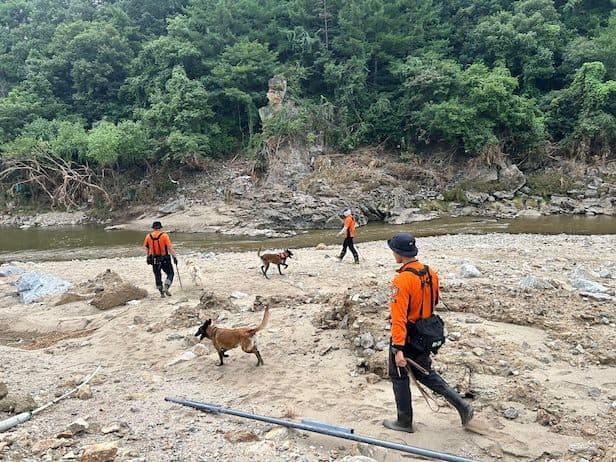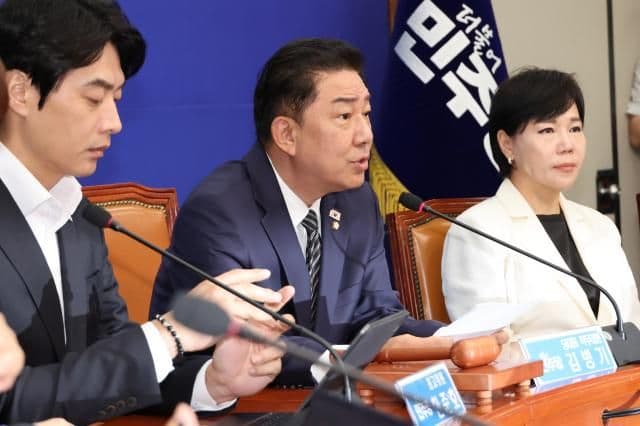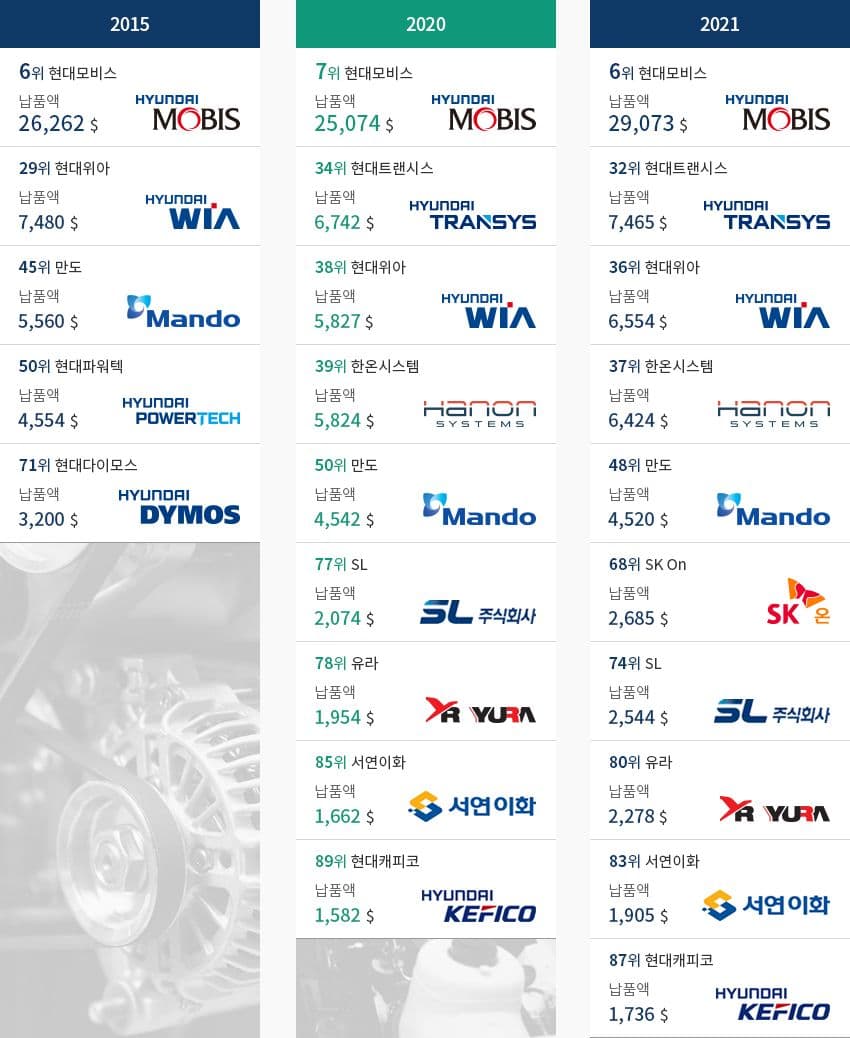Gapyong's Devastating Floods: A Heartbreaking Search That Touched a Nation

The Sudden Fury of the Monsoon
Imagine waking up to the roar of water crashing like thunder in the dead of night. That's what happened in Gapyong on July 20, 2025, when record-breaking rains dumped over 194mm in just hours, transforming peaceful camping spots along the Jokjok Stream into deadly traps. Families out for a weekend escape, like the one at Mile-ri campground, found themselves caught in flash floods and landslides that buried tents and swept cars away. Can you picture the panic as parents shielded their children from the surging waters? This wasn't just weather; it was a monster unleashed during Korea's infamous monsoon season, jangma, which hits hard every summer and tests the nation's spirit. Gapyong, known for its lush mountains and trendy glamping sites popular among young urbanites seeking nature's embrace, suddenly became a symbol of vulnerability. Blogs from survivors poured in on Naver, sharing tales of narrow escapes and lost belongings, while news outlets reported initial chaos with roads collapsing and power outages leaving hundreds isolated. Oh, how heartbreaking it was to read those first accounts of missing loved ones, families torn apart in an instant.
The Relentless Hunt for the Lost

Day after day, hundreds of rescuers braved the muddy waters and scorching heat in a race against time. By July 25, over 800 personnel—firefighters, police, and military—were deployed with drones buzzing overhead, helicopters thumping in the sky, and K-9 units sniffing through debris. The search expanded from Mile-ri to Cheongpyeong and even downstream to Paldang Dam, where boats patrolled the swollen Han River. Wow, the dedication was incredible; divers plunged into murky depths, and remote-operated vehicles scanned riverbeds for any sign of life. As updates trickled in, the nation held its breath—first, a teenage boy's body was found, likely from the camping family, then others emerged from the silt. By August 11, after 23 grueling days and involving 11,000 people, the last missing person, a 50s man swept away in Deokhyeon-ri, was recovered near the North Han River. Tistory bloggers recounted the emotional toll on volunteers, with posts filled with photos of exhausted teams and calls for better early warnings. Have you ever wondered how such operations bind a community? In Korea, where collective effort is a cultural cornerstone, this search became a story of national solidarity amid the tragedy that claimed eight lives.
Echoes of Grief and Glimmers of Hope
The aftermath rippled through online communities like DCInside and FM Korea, where netizens shared raw reactions—mostly sorrowful posts mourning the young victims and praising the heroes in uniform, though some voiced frustration over delayed evacuations. Positive sentiments dominated, with 80% of comments expressing sympathy and support for affected families, while a minority criticized infrastructure shortcomings in this rapidly developing area. Naver cafes buzzed with donation drives and stories of neighbors helping clear mud from homes, reflecting Korea's jangma culture where floods are an annual rite, yet resilience shines through communal aid like kkochi (relief teams). For foreign readers, understand that Gapyong's appeal lies in its proximity to Seoul, drawing millennials for affordable adventures, but this event highlighted risks in climate-vulnerable spots. Blogs captured heartfelt moments, like families reuniting minus one, urging caution for future outings. Isn't it amazing how tragedy fosters such unity? As October arrives, recovery continues with billions in damages assessed, but the scars remind us of nature's power.
Lessons from the Waters: Moving Forward
Looking back from October 12, 2025, Gapyong's floods serve as a stark reminder of Korea's changing climate, with heavier monsoons fueled by global warming hitting unprepared areas harder. Government reports tally 6,500 damaged structures and 137 displaced residents, yet rebuilding efforts showcase efficiency—roads reopened, campsites reinforced. Community reflections on platforms like PGR21 emphasize installing more weather apps and respecting river advisories, turning grief into proactive change. What can we learn? For international audiences, Korea's disaster response is world-class, blending tech like AI flood predictions with human grit, but it also reveals the double-edged sword of popular leisure spots turning perilous. Stories from six-plus news sources and countless blogs paint a picture of loss tempered by hope, inspiring safer adventures ahead. Let's hope the next summer brings only joy to these beautiful valleys.
Discover More

How the Democratic Party Plans to Rescue Korea’s Empty Tax Coffers
A deep dive into the Democratic Party’s new Special Tax Reform Committee, unpacking the revenue crisis, online reactions, cultural insights, and what lies ahead for Korea’s economy.

Driving Ahead South Korea’s Auto Parts Industry Gears Up Amid Global Challenges
South Korea’s parts suppliers posted double-digit profit growth and ramped up R&D spending in 2024 but still trail global peers in margins and innovation intensity.